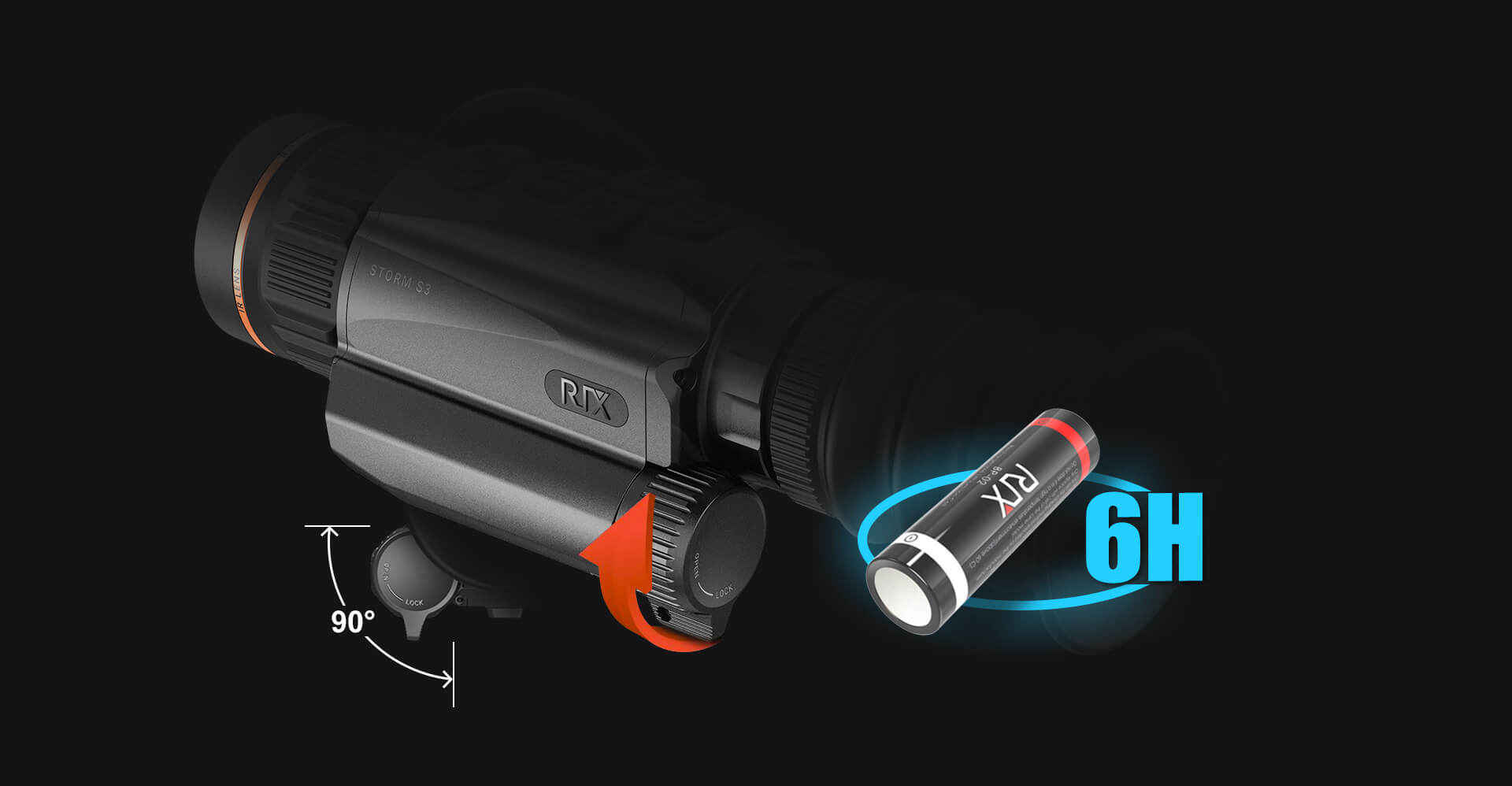In the realm of optics, thermal night vision scopes stand out as a remarkable innovation. These devices allow users to see in complete darkness by detecting heat emitted by objects. But how do they work, and why are they essential for various applications? This article delves into the science behind thermal night vision scopes, providing insights into their functionality and significance.

Understanding Thermal Imaging Technology
At the core of thermal night vision scopes is thermal imaging technology. Unlike traditional night vision devices that amplify visible light, thermal scopes detect infrared radiation. This radiation is emitted by all objects, with warmer objects emitting more heat than cooler ones. The process can be summarized as follows:
- Infrared sensors capture the heat emitted by objects.
- The data is processed and converted into a visible image.
- Users can then see the thermal signatures of objects, even in total darkness.
This technology is not only fascinating but also incredibly useful in various fields, including hunting, surveillance, and search and rescue operations.
Applications of Thermal Night Vision Scopes
The versatility of thermal night vision scopes makes them invaluable in numerous scenarios. Here are some key applications:
- Hunting: Hunters utilize thermal scopes to track game at night, as animals emit heat that can be easily detected.
- Law Enforcement: Police and security personnel use these devices for surveillance and tracking suspects in low-light conditions.
- Search and Rescue: In emergency situations, thermal scopes help locate missing persons or victims in challenging environments.
- Military Operations: Armed forces rely on thermal imaging for reconnaissance and target acquisition during night missions.
These applications highlight the importance of thermal night vision scopes in enhancing safety and effectiveness in various fields.
Choosing the Right Thermal Night Vision Scope
When selecting a thermal night vision scope, several factors should be considered:
- Resolution: Higher resolution provides clearer images, which is crucial for identifying targets.
- Detection Range: Consider how far you need to see; different scopes offer varying detection distances.
- Battery Life: Longer battery life ensures that your scope remains operational during extended use.
- Weight and Size: A lightweight and compact design is preferable for ease of use.
By evaluating these factors, users can make informed decisions that best suit their needs.
Conclusion: The Importance of Thermal Night Vision Scopes
In conclusion, thermal night vision scopes represent a significant advancement in optical technology. Their ability to provide visibility in complete darkness opens up a world of possibilities for various applications. Whether for hunting, law enforcement, or search and rescue, these devices enhance situational awareness and safety. For those interested in exploring high-quality thermal night vision scopes, consider visiting  for a range of options tailored to your needs.
for a range of options tailored to your needs.








